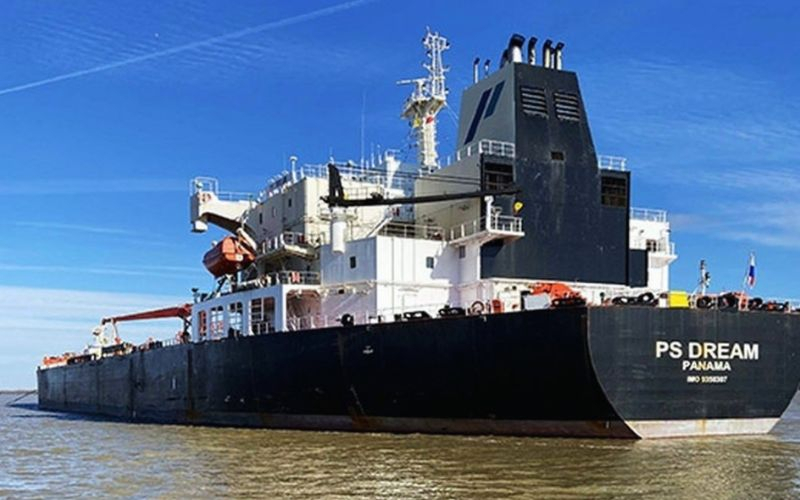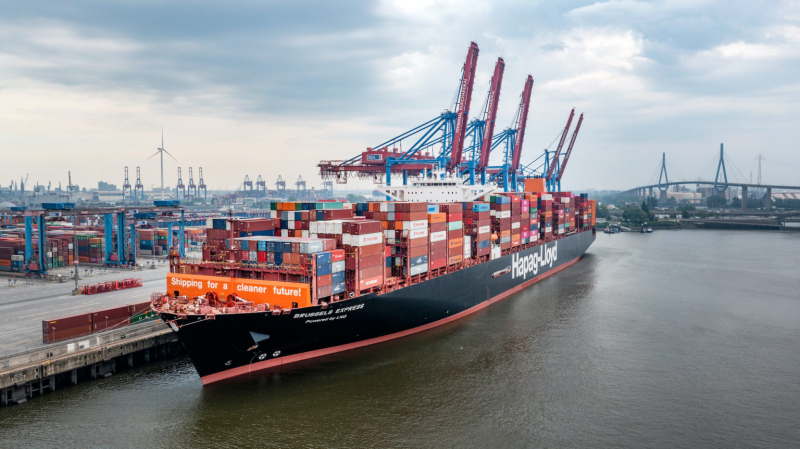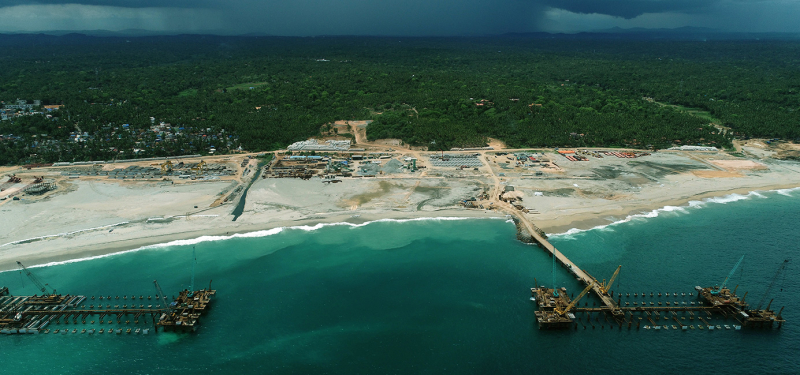Crude markets are being pressured by rising output within and outside of the OPEC+ alliance, which agreed in early October to raise production quotas in a bid to reclaim market share.
Banks including Goldman Sachs Group Inc. and Morgan Stanley recently slashed oil-price forecasts for this year, and if New York-traded futures sustain declines in coming months US drillers could come under pressure. Headline WTI futures were slightly higher Monday after closing out last week at the lowest since May.
The bearish gloom also is visible in other corners of the market. The US benchmark contracts for the entire calendar year of 2026 were trading below $60 as of Friday, while the December-December spread, a favored trade among oil-focused hedge funds, sunk to its weakest since June.
Sentiment in WTI second-month options was close to most bearish in four months. Some of that has come from traders betting that near-term futures will weaken more than further out contracts, which tends to happen during periods of oversupply. Open interest in these wagers — known as calendar spread options — has ballooned over the past year as outright prices have bounced around in a range, sandwiched between geopolitical risks and OPEC+ supply increases.
The weakness spells trouble for the shale industry, which would prefer oil above $60 a barrel to profitably drill new wells. The Energy Information Administration sees overall US crude production marginally declining next year as choppy prices discourage some drilling in what would be the first annual output drop since 2021.
Still, many market participants see current conditions paving the way for a future supply squeeze that could actually prop up prices in the future.
“In many aspects, its kind of a welcome sign for oil prices in 2026,” said Jon Byrne, an analyst at Strategas Securities. “We really need a flush here to discourage US production in the calendar year ahead in addition to non-OPEC supply more broadly.”
For now, the nearest portion of the futures curve is clinging to the backwardation structure which is usually indicative of tight supplies. That’s in part because there are geopolitical risks at play — including intensifying drone strikes against Russian energy assets, a persistent threat of US sanctions on major producers like Iran, and resilient domestic demand.
“A sustained decline for WTI toward $50 is unlikely barring a global recessionary scenario, but on the flip side, it is difficult to envision catalysts that would push prices meaningfully higher,” said Pavel Molchanov, an analyst at Raymond James.





























